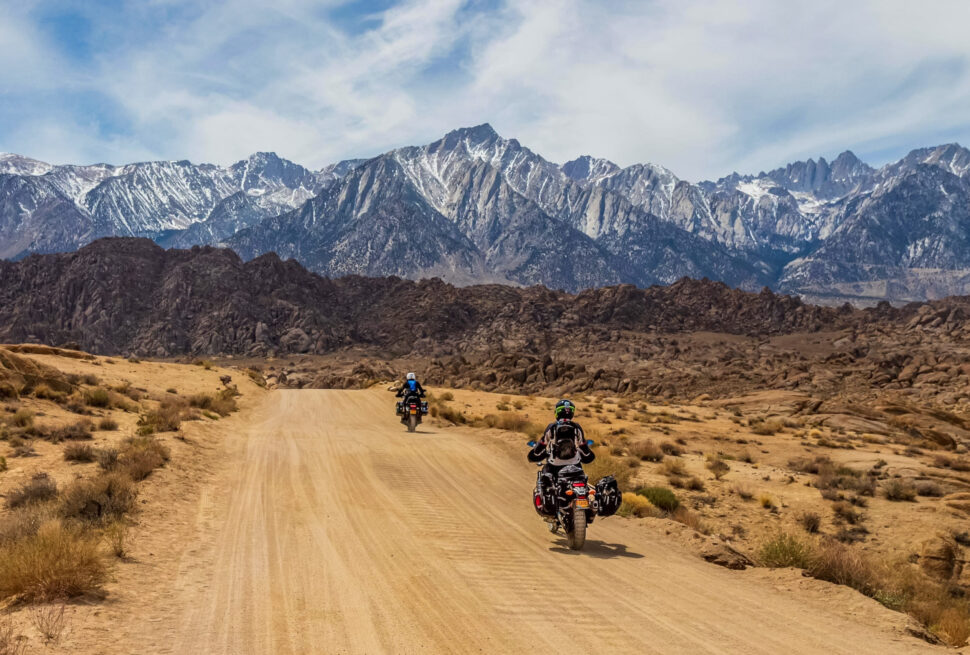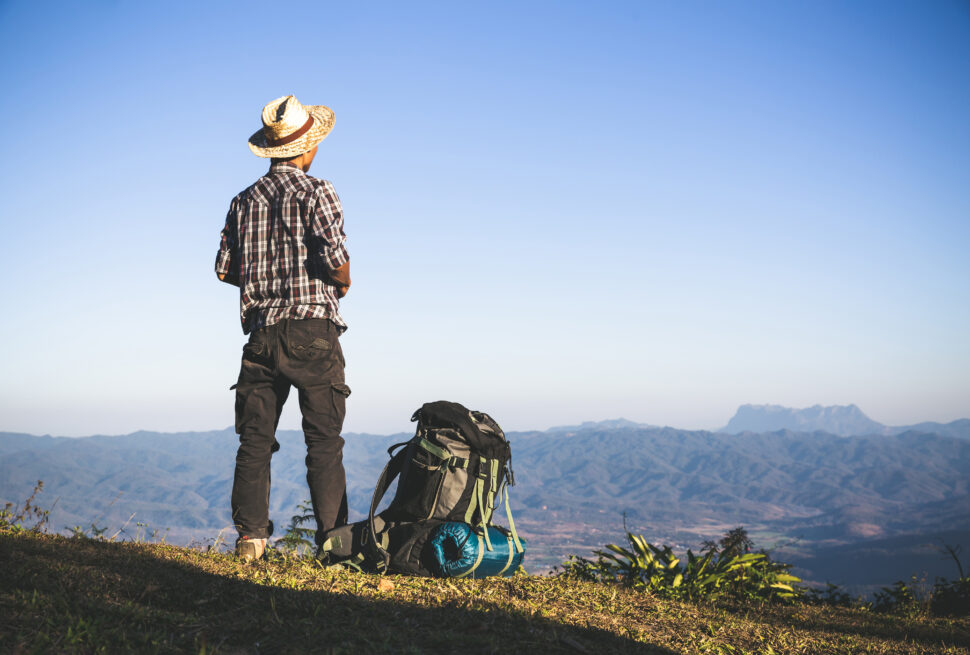Introduction
Certainly! Travel photography is all about capturing the essence of a place and sharing your experiences with others. Here are some techniques for capturing stunning travel photos and editing them for social media
1. Plan and Research:
Planning and research are integral aspects of any successful endeavor, providing a roadmap for informed decision-making and optimal outcomes. Whether it’s embarking on a business venture, organizing a trip, or tackling a project, a well-thought-out plan helps define objectives, allocate resources effectively, and mitigate risks. Research, on the other hand, involves gathering relevant information, analyzing data, and staying abreast of trends or developments. It provides the foundation for strategic decision-making, allowing individuals or teams to make informed choices based on a deep understanding of the subject matter. Both planning and research are iterative processes, evolving as new insights emerge. They empower individuals and organizations to anticipate challenges, seize opportunities, and ultimately enhance the likelihood of success in diverse endeavors.
2. Golden Hour and Blue Hour:
Golden Hour and Blue Hour are two distinct phases of natural light that photographers and cinematographers often leverage to capture visually stunning and evocative images. The Golden Hour occurs during the first hour after sunrise or before sunset when the sun is low on the horizon, casting a warm and soft glow. This period provides a flattering, golden-toned light that enhances the colors of the landscape and reduces harsh shadows. On the other hand, the Blue Hour takes place during the brief period just before sunrise or after sunset when the sun is below the horizon, and the sky takes on a deep blue hue. This time frame offers a serene, tranquil ambiance with soft, diffused light, ideal for capturing scenes with a distinct blue-toned atmosphere. Both Golden and Blue Hours present unique opportunities for creative expression in visual arts, making them cherished moments for photographers and cinematographers alike.
3. Rule of Thirds:
The Rule of Thirds is a fundamental principle in visual composition, widely applied in photography, filmmaking, and graphic design. The concept involves dividing an image into a grid of nine equal parts by two horizontal and two vertical lines, creating intersecting points. The primary idea is to position key elements or focal points at these intersection points or along the gridlines, rather than placing them centrally. This technique aims to create a more balanced, dynamic, and visually appealing composition by introducing asymmetry and guiding the viewer’s gaze across the frame. By adhering to the Rule of Thirds, artists can achieve a sense of harmony and tension in their visual creations, encouraging a more engaging and aesthetically pleasing viewer experience. Photographers and designers often use this rule as a guideline to enhance the overall impact and storytelling elements of their visual works.
4. Leading Lines:
Leading Lines is a compositional technique widely used in photography and visual arts to guide the viewer’s eyes through an image. The concept involves incorporating lines or elements within the frame that naturally lead the viewer’s gaze toward a specific focal point or subject. These lines can be straight, curved, diagonal, or even implied by a series of elements strategically placed within the composition. Leading Lines help create depth, add visual interest, and establish a sense of direction within the frame. Photographers often utilize roads, fences, architectural elements, or natural features like rivers or shadows to form these guiding lines. The technique is effective in drawing attention to the main subject, emphasizing perspective, and contributing to a more dynamic and engaging visual narrative. Mastering Leading Lines allows artists to enhance the storytelling aspect of their images by subtly influencing how viewers interact with the composition.
5. Capture Details:
The concept of capturing details in photography revolves around the meticulous observation and presentation of intricate elements within a scene. Whether in macro photography, portraiture, or documentary work, capturing details involves a focus on the finer nuances that might go unnoticed at a glance. This technique aims to convey a deeper, more intimate understanding of the subject by highlighting textures, patterns, and subtleties that contribute to the overall narrative. Photographers often use specialized lenses, lighting, and composition to emphasize details, bringing out the unique characteristics of their subjects. By zooming in on specific elements, photographers can evoke a sense of intimacy, revealing the beauty in the minutiae of everyday life or the profound aspects of a subject’s personality. Capturing details adds layers of complexity to visual storytelling, encouraging viewers to appreciate the richness and depth hidden within the frame.
6. People and Culture:
People and culture form the intricate tapestry of human societies, encompassing the diverse beliefs, traditions, customs, and social practices that define communities worldwide. The study of people and culture delves into the ways individuals within a society interact, communicate, and express their identity. Culture encompasses various aspects, including art, language, cuisine, music, and rituals, reflecting the shared values and heritage of a community. Understanding people and culture is essential for fostering cross-cultural appreciation, global communication, and social cohesion. Anthropologists, sociologists, and cultural scholars explore the nuances of cultural diversity, shedding light on the dynamic relationships between individuals and the societies in which they live. Appreciating people and culture allows for a more profound recognition of the interconnectedness of humanity and the richness of our collective human experience.
7. Experiment with Perspectives:
Experimenting with perspectives in photography or art involves exploring unconventional angles, vantage points, and compositional approaches to create visually compelling and unique images. By challenging traditional viewpoints, artists can provide viewers with fresh and unexpected insights into their subjects. This may include shooting from low or high angles, utilizing extreme close-ups, or incorporating unusual framing techniques. Experimenting with perspectives allows for a departure from the ordinary, fostering a sense of creativity and innovation. This approach can enhance storytelling, emphasize specific details, and evoke emotional responses. Successful experimentation often requires a willingness to step outside the comfort zone, encouraging artists to see familiar subjects in new and exciting ways. Ultimately, embracing diverse perspectives can lead to a more dynamic and engaging visual narrative, offering viewers a fresh and thought-provoking experience.
8. Use Filters and Polarizers:
The use of filters and polarizers is a common technique in photography to enhance and control the quality of light entering the camera. Filters, such as UV filters for lens protection or colored filters for creative effects, can alter the color balance or reduce glare. Polarizing filters, in particular, are valuable tools for reducing reflections, enhancing contrast, and deepening the colors of skies and foliage. Photographers often employ these accessories to manage challenging lighting conditions, such as intense sunlight or reflective surfaces. By using filters, photographers have the flexibility to achieve specific desired effects in-camera, reducing the need for extensive post-processing. Whether capturing landscapes, portraits, or architectural details, understanding the nuances of filters and polarizers can significantly contribute to refining the overall visual impact of an image.
9. Editing for Social Media:
After capturing your shots, here’s how you can edit them for social media platforms:
- Crop and Straighten: Crop your images to eliminate distractions and straighten horizons if needed.
- Adjust Exposure and Contrast: Use editing apps to fine-tune exposure and contrast. Make sure the details are visible and the colours are vibrant.
- Colour Correction: Adjust white balance to ensure accurate colours. You can also play with saturation and vibrance to make your images pop.
- Sharpening: Apply subtle sharpening to enhance details, but be careful not to overdo it.
- Use Presets: Many photo editing apps offer presets that can give your photos a consistent and appealing look.
- Selective Editing: Use tools to selectively enhance certain areas of the photo. This can help draw attention to specific details.
- Resizing: Resize your images according to the platform’s requirements to ensure they display well.
- Add Captions and Hashtags: When sharing on social media, add captions that describe your experience or tell a story. Use relevant hashtags to increase the visibility of your photos.
conclusion
Remember, practice makes perfect. Experiment with different techniques, develop your own style, and enjoy the process of capturing and sharing your travel adventures!




